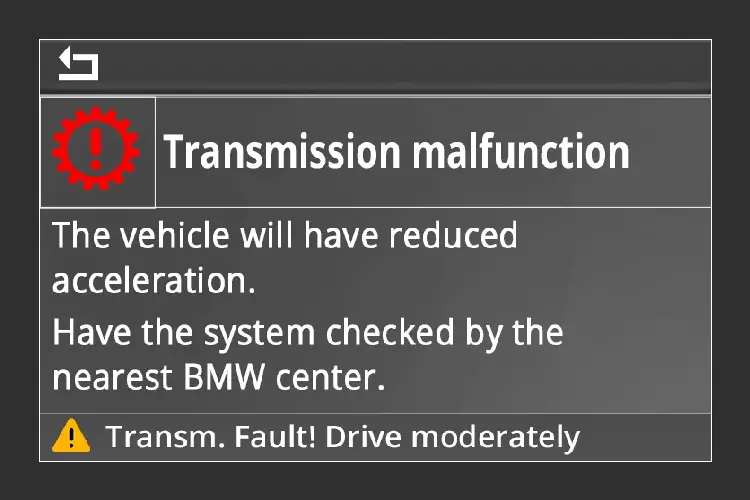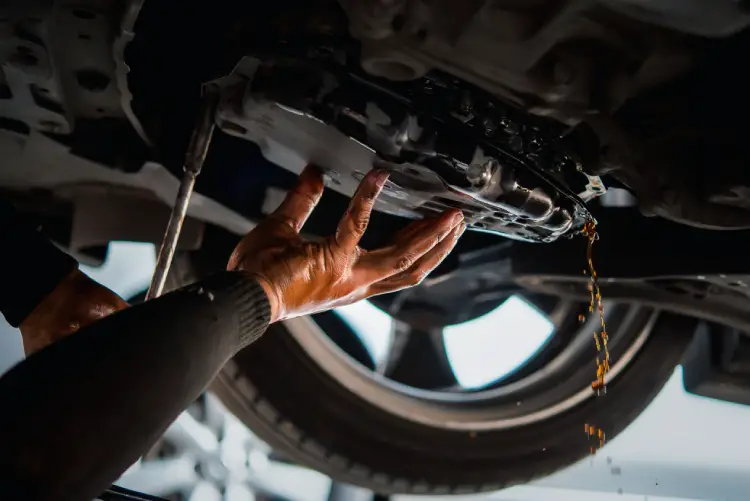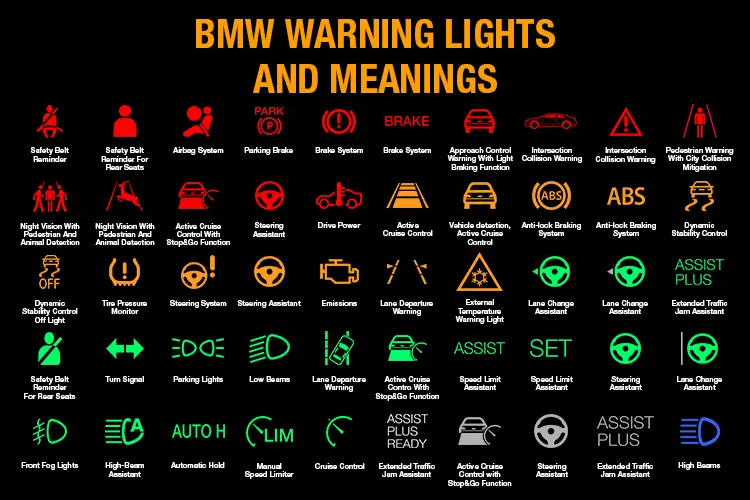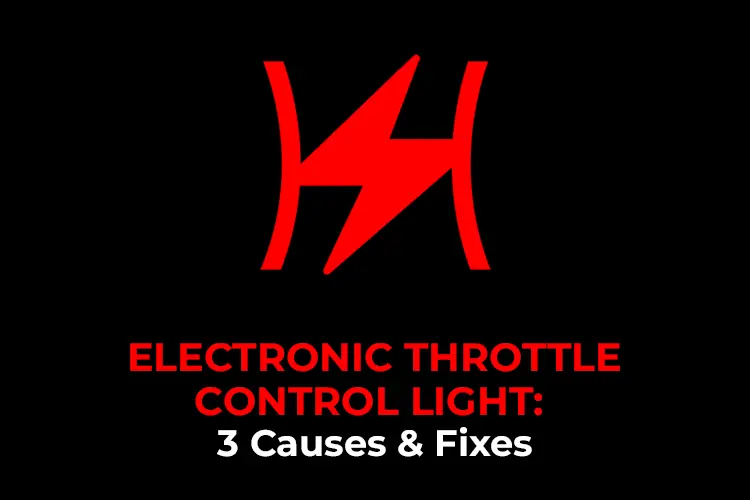Seeing the “Transmission Malfunction” message on your BMW’s screen and wondering what’s wrong with your car transmission?
Fear not! This article will guide you through its meaning, potential causes, and how to resolve the issue effectively.
Let’s dive into it!
What Does Transmission Malfunction Mean On BMW?

“Transmission Malfunction” is a general warning message that appears on BMW vehicles when there is a problem with the transmission system. It is important to address this warning promptly to prevent further damage to your transmission and other related components.
Can You Drive With the Transmission Malfunction Message?
Yes, you can drive within a short distance. Continuing to drive the vehicle with the transmission fault can exacerbate the problem and lead to more costly repairs.
In some cases, your vehicle may go into a fail-safe or limp mode, which allows limited driving capabilities to get the vehicle to a service center safely.
However, if you notice any abnormal noises, vibrations, or difficulty in shifting gears, avoid driving the vehicle further. Instead, have your car towed to an authorized BMW service center for a thorough diagnosis and repair.
What Causes Transmission Malfunction On BMW?
Several factors could lead to a transmission malfunction on a BMW, including:
Low Transmission Fluid Level (Most Common Cause)
Transmission fluid is essential for lubricating and cooling the transmission components. If the fluid level is low due to a leak, it can lead to inadequate lubrication, increased friction, and higher operating temperatures. This can cause premature wear and damage to the transmission parts, resulting in a transmission malfunction.
Solenoid Malfunctions
Transmissions often use solenoids to control the flow of fluid and activate specific gear changes. If a solenoid becomes stuck, fails, or experiences an electrical problem, it can affect the gear shifts and overall transmission performance.
Mechanical Issues With The Transmission Components
Various mechanical components inside the transmission, such as gears, clutches, bands, and shafts, work together to change gears and transfer power.
If any of these components become worn, damaged, or misaligned, it can lead to transmission malfunctions, such as slipping gears, difficulty shifting, or complete failure to engage gears.
Electrical Problems Related to Sensors Or Wiring
Modern transmissions rely heavily on sensors to monitor various parameters like vehicle speed, throttle position, and fluid pressure. These sensors provide data to the transmission control module (TCM), which uses it to make decisions regarding gear changes and other functions.
Faulty sensors or wiring issues can result in incorrect data being sent to the TCM, leading to transmission malfunctions.
Overheating of the Transmission
Excessive heat can cause the transmission fluid to break down, losing its lubricating properties and accelerating wear on the transmission components. Overheating can result from towing heavy loads, driving under severe conditions, or problems with the transmission cooler or cooling system.
Learn More: Why Is the Transmission Light On? Causes & Fixes
How to Fix Transmission Malfunction On BMW
To fix a transmission malfunction on your BMW, it’s essential to identify the specific cause of the issue. Given the complexity of the transmission system, it is recommended to have your vehicle inspected and repaired by a qualified BMW technician or at an authorized BMW service center.
For DIY enthusiasts who are comfortable working on their vehicles, here is a general guide for troubleshooting transmission faults.
Step 1: Check transmission fluid level and refill it
Depending on your BMW model, checking the transmission fluid level may differ, as some modern models do not come with a dipstick. Instead, they use a sealed transmission system.

If you perform a transmission fluid change yourself, follow the general steps:
- Park the vehicle on a level surface and ensure it’s securely supported on jack stands.
- Locate the drain and fill plugs on the transmission pan.
- Remove the drain plug and drain the old transmission fluid.
- Replace the filter.
- Refill the transmission.
Watch the video below to learn more details.
Step 2: Perform a visual inspection of the transmission system
Once you’ve filled the transmission with fluid, inspect for any leaks, loose connections, or damaged components. Check the transmission pan, lines, and electrical connections and address any visible issues.
Step 3: Use an OBD2 scanner to read the trouble codes
If you have access to a BMW scan tool, connect it to the OBD2 port in your car and read the diagnostic trouble codes. These codes can provide valuable information about the specific issue causing the “Transmission Malfunction” message.
Step 4: Repair the malfunctioning parts
Once you have identified the cause, replace or repair the malfunctioning part with enough car knowledge and tools. Otherwise, get your car to a professional for inspection and repair.
How to Reset Transmission Malfunction On BMW
Remember to fix the underlying issue before trying to reset the transmission malfunction.
All you need to do is use a BMW scanner to clear the codes from your vehicle’s computer. Next, take your BMW for a test drive. If everything seems normal, the message should no longer appear.
Some BMW models may require a different transmission adaptation reset. Watch the video below to learn more details.
Learn More: BMW Warning Lights and Meanings (FULL List, FREE Download)
What’s Next?
With this knowledge, I hope you have a better understanding of the transmission malfunction and how to address the problem effectively.
If you have any specific questions or concerns about your BMW’s transmission malfunction, feel free to leave a comment in the section below. I’m here to help and learn from each other.
Stay safe on the road!




Recommended for you
Auto PDC Malfunction on BMW: Causes and Fixes
Drivetrain Malfunction BMW: 6 Causes and How to Fix It
DSC Malfunction on BMW: Causes and Fixes